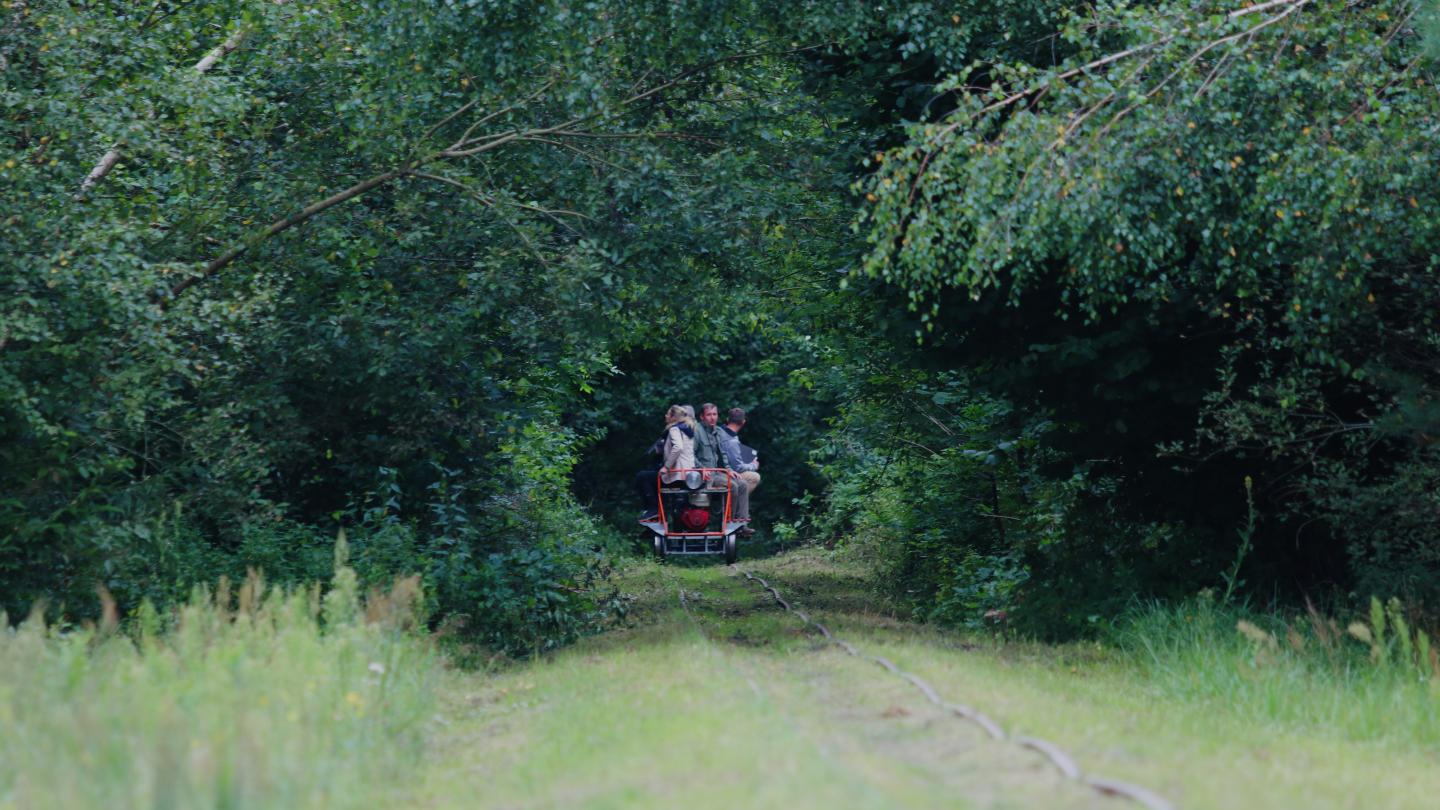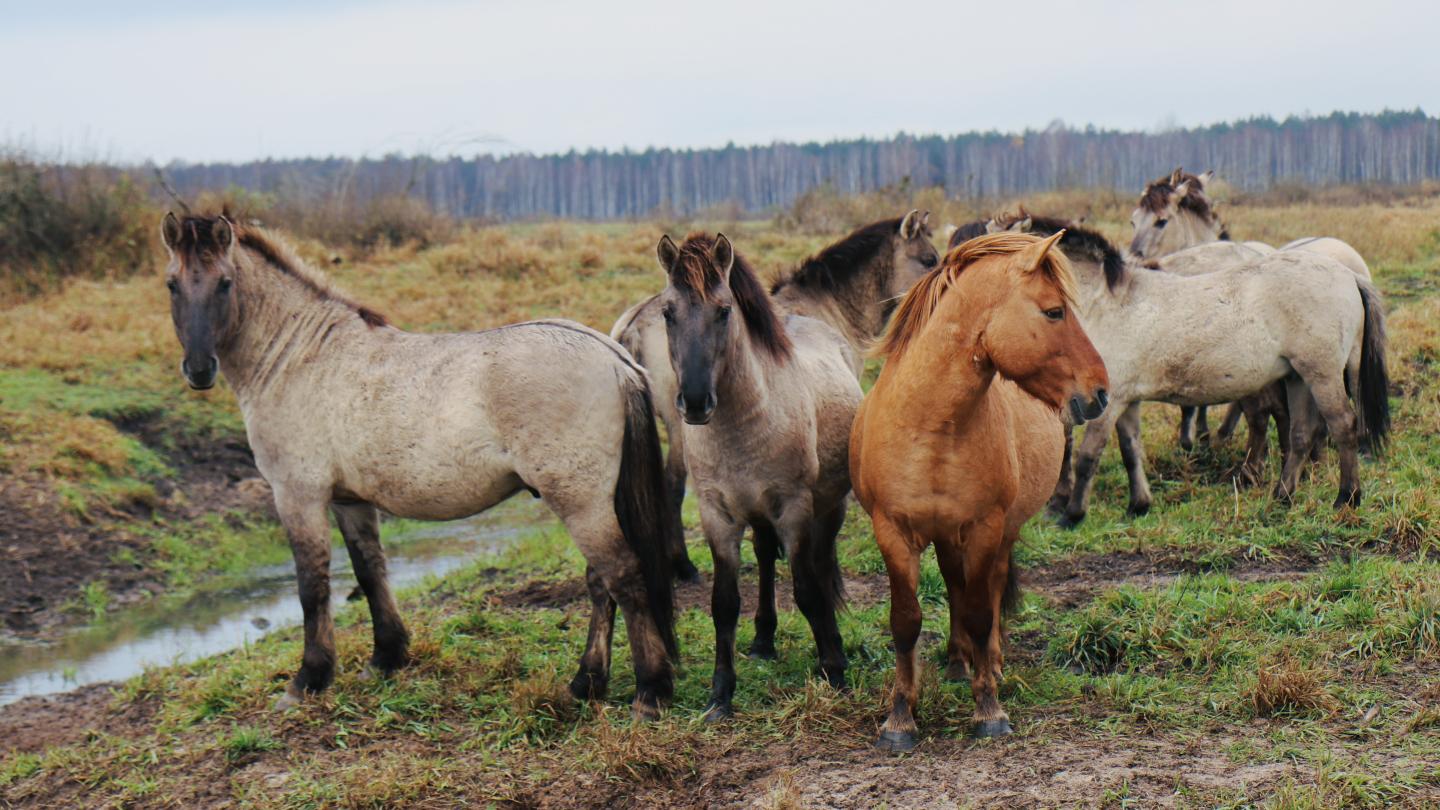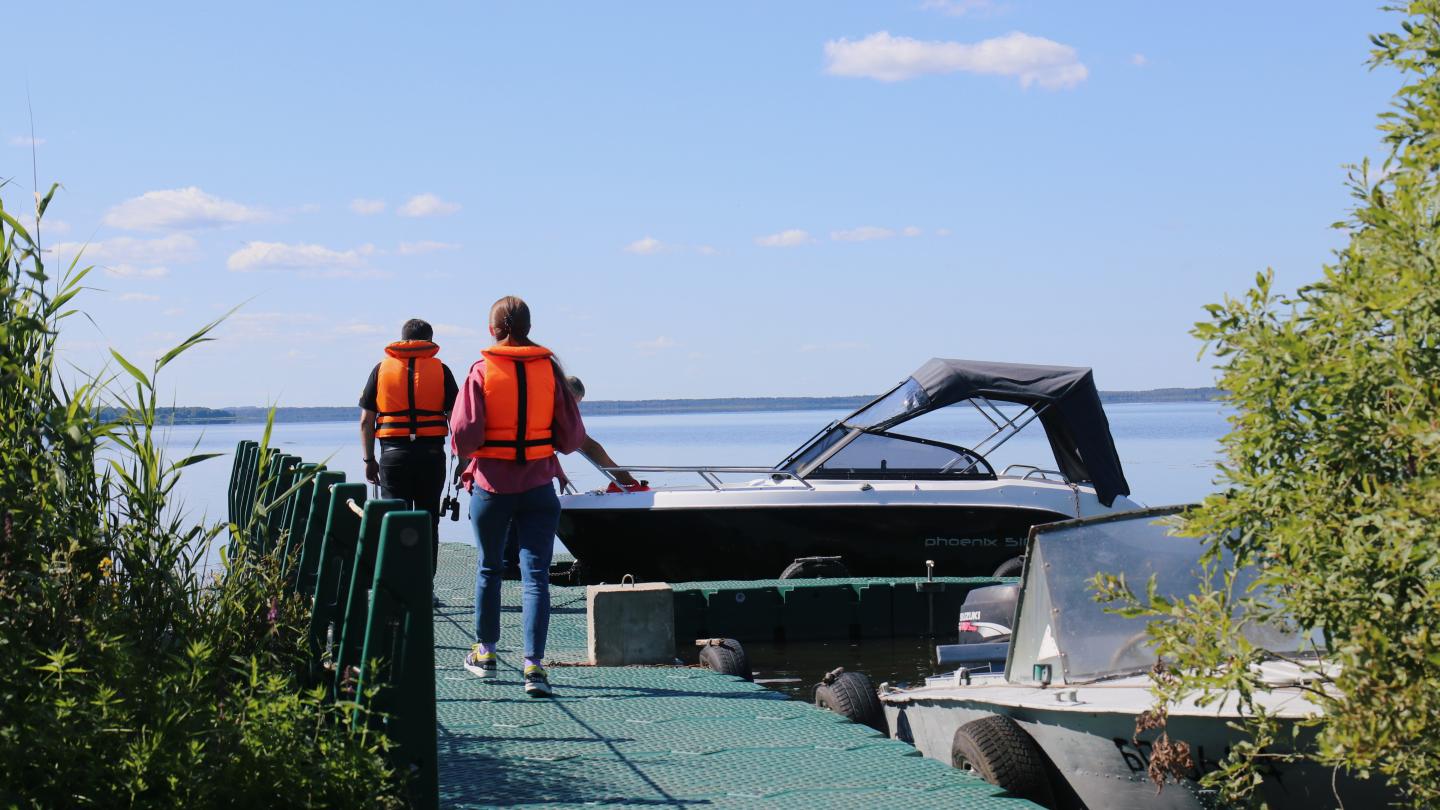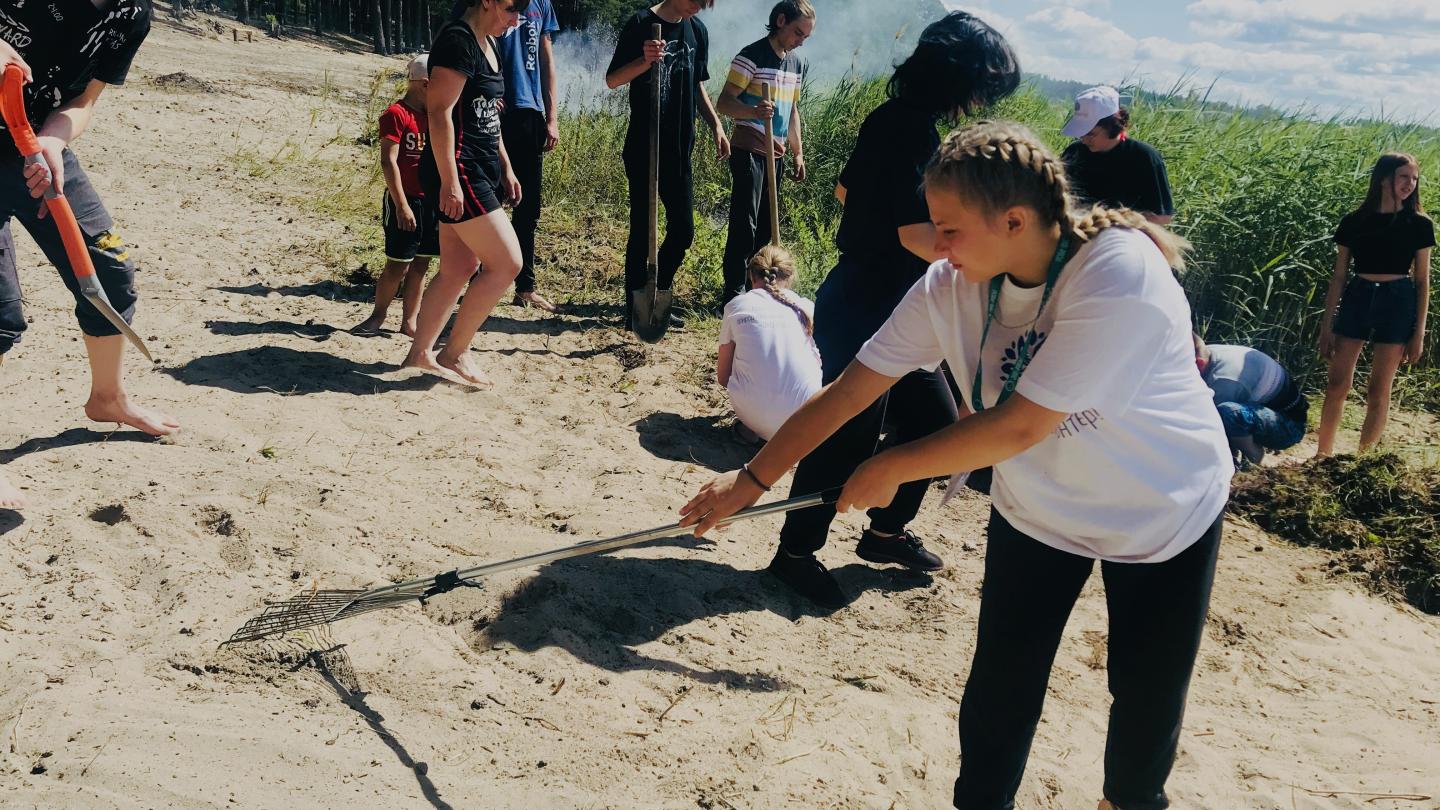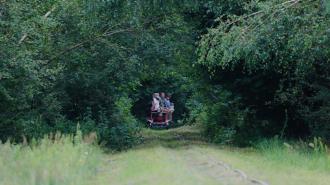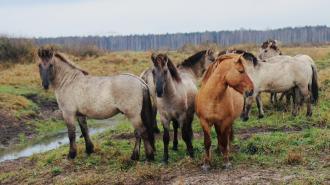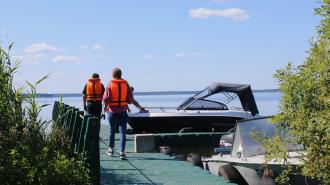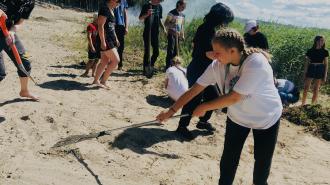Nature reserves with advanced infrastructure set to enhance quality of services and boost profits through ecotourism.
Ecotourism investments support conservation and local economic growth
January 24, 2024
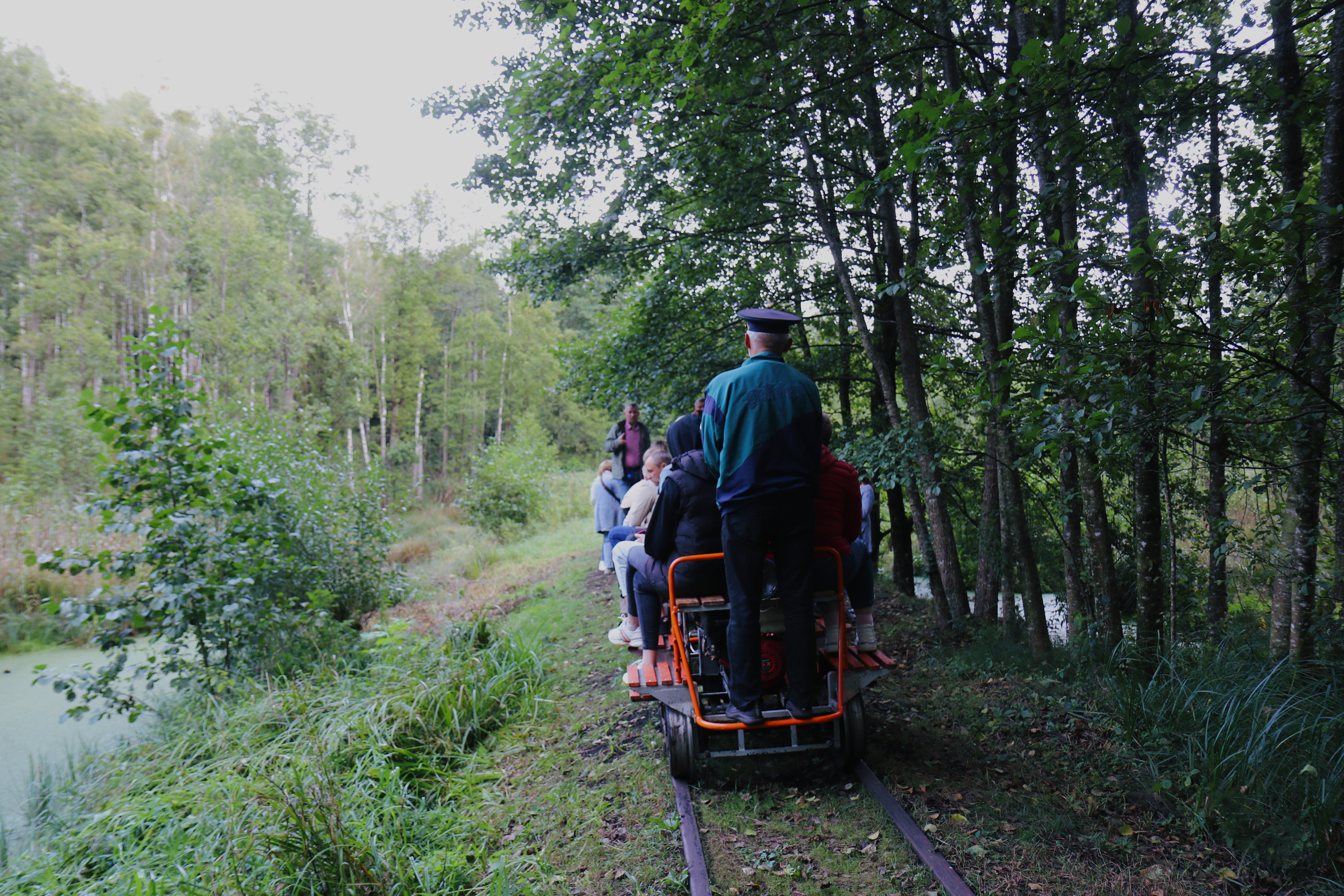
Narrow gauge railway in the Ozyory nature reserve, Grodno region
Venturing into pristine landscapes to explore their ecological, cultural, and ethnographic richness enjoys widespread popularity globally. Belarus has not been immune to this booming trend in recent years. The rise of ecotourism in the country can be attributed largely to the expansive network of specially protected natural areas (SPNA). These include wildlife sanctuaries, nature reserves, and national parks, all of which offer eco-routes for tourists seeking an immersive encounter with wild nature.
In line with the fundamental principles of ecotourism, the essence of nature travel lies in its minimal impact on ecosystems, with avoidance of any harm or depletion of their natural vitality.
The influx of tourists is prompting protected nature areas to embrace ecotourism and channel investments into bolstering tourism infrastructure. Nevertheless, certain pristine natural locales remain beyond the reach of the majority of visitors. Consequently, the establishment of modern tourist infrastructure emerges as an imperative stride in fostering the development of ecotourism within reserves.
New services, improved quality, and economic growth
The United Nations Development Program (UNDP) in Belarus, in partnership with the Ministry of Natural Resources and Environmental Protection of the Republic of Belarus and with financial support from the Russian Federation, is providing comprehensive support for the development and strengthening of tourism infrastructure in four Belarusian protected areas.
In each pilot reserve, UNDP and the partners have supported the development of one new ecotourism product. For example, in the Oziory Nature Reserve in the Grodno region, the narrow-gauge railroad route "Reserved Path/route" appeared, and in the Naliboksky Nature Reserve in the Minsk region, the ecological trail "Syabrynskiy Crossroads" was reconstructed. In Vitebsk region, tourists can now visit the Du Island in the Osveisky Nature Reserve, and in the Krasny Bor Nature Reserve, also in Vitebsk region, they can become environmental volunteers and take part in annual eco-volunteering events.
Thanks to UNDP assistance, the nature reserves have received a boost with the introduction of new vehicles and sports equipment. Now, eco-conscious tourists can explore these landscapes with ease and safety, using kayaks, paddleboards, or bicycles, all without causing any harm to the local nature.
Alongside technical support, each new route is accompanied by a tailored marketing strategy. For instance, the Oziory Nature Reserve features a specially designed narrow-gauge railroad ecotourist route, complete with a thoroughly crafted concept and thematic content.
The developed products are in high demand and bring income. For example, the narrow-gauge railroad route in the Ozyory Nature Reserve drew over 3,000 tourists to the reserve between April and October 2023, significantly increasing the reserve's profit. In the broader picture, the influx of tourists to the Oziory Reserve has skyrocketed by more than 5.5 times over the past three years, jumping from 922 people in 2021 to 5,136 people in 2023. Plus, the revenue generated from the route has increased by almost 16 times.
Green innovations
While tourists seek fresh wild nature experiences, the challenge remains to balance this with the desire for familiar comforts. Addressing this dilemma calls for the creation of innovative travel formats that seamlessly merge the thrill of wildlife exploration with the convenience travelers crave.
Starting from autumn 2023 the Oziory Nature Reserve offers a new service. Tourists who come there can enjoy a glamping experience, featuring a well-equipped parking area that includes two cozy tarpaulin houses complete with beds, a convenient toilet, a gazebo, and a fireplace with BBQ. Last year, around 100 people enjoyed this new service during the warm season. Looking ahead to 2024, a similar glamping experience will be available year-round at the Osveysky Nature Reserve.
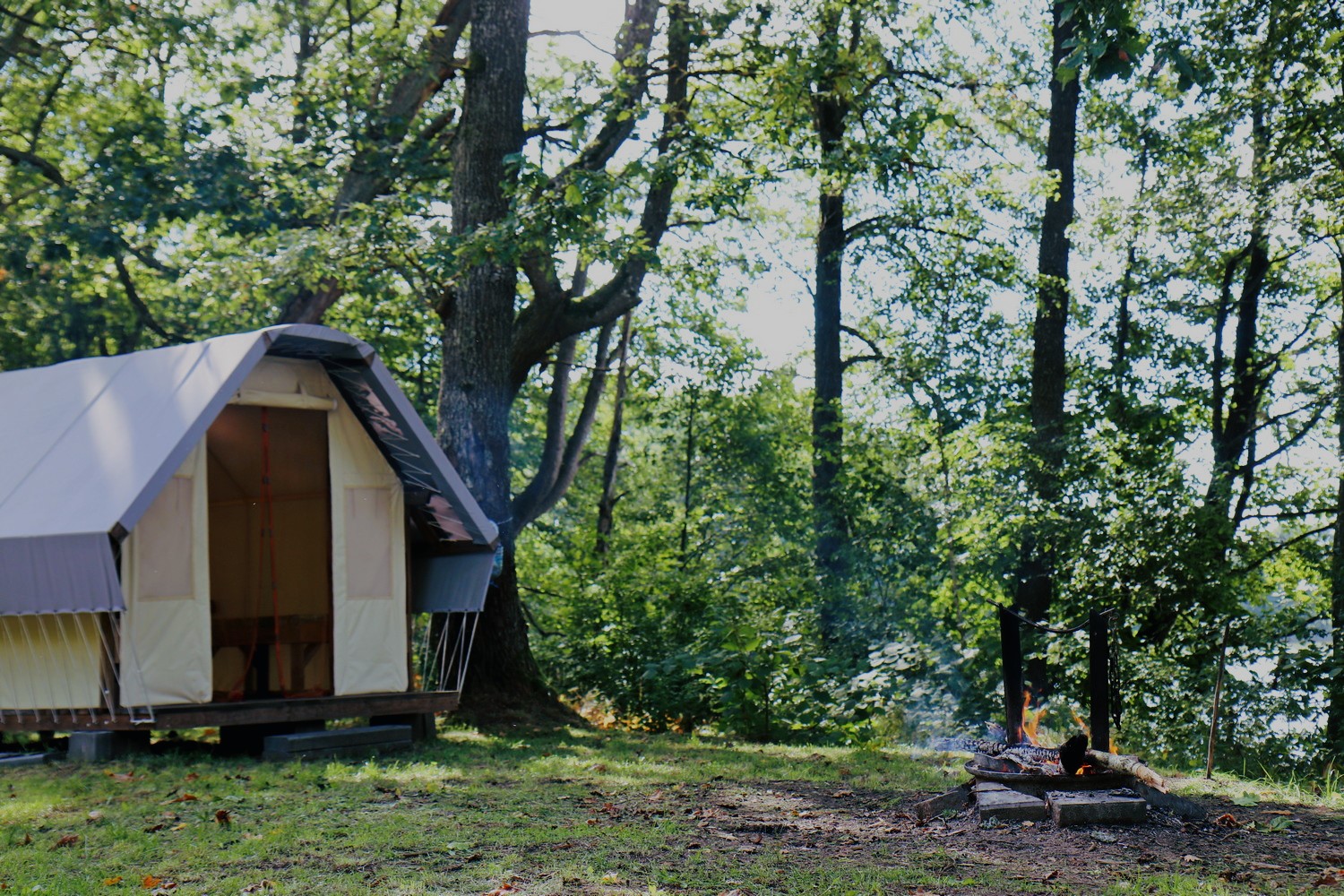
Glamping in the Ozyory nature reserve, Grodno region
Accessibility of ecotourism services
Belarusian nature reserves prioritize the inclusivity of their ecotourism infrastructure. Take, for instance, the "Syabrynskiy Crossroads" eco-trail within the Naliboksky Nature Reserve. The trail has been upgraded with handrails and sloping platforms, making it easily accessible for small children and adults using wheelchairs.
Another notable development is the newly established Aziory Visitor Center, which is operational since spring 2023. The center is designed to cater to people with disabilities, featuring a well-equipped ramp for easy access. Inside the Center, tourists can delve into the history of the Reserve, as well as learn about its diverse fauna and flora.
Thanks to the support of ecotourism infrastructure in four Belarusian nature reserves, the number of trips sold has surged by 30% in comparison to 2022 and nearly doubled from the figures recorded in 2021. Consequently, the average influx of tourists across all reserves has risen by almost 1.5 times, leading to 4.3-fold increase in profit on average.
Strengthening and development of tourism infrastructure in specially protected natural areas is carried out within the framework of the project "Development of ecological tourism to promote green transition to inclusive and sustainable growth", implemented by UNDP in partnership with the Ministry of Natural Resources and Environmental Protection of the Republic of Belarus with financial support from the Russian Federation.

 Locations
Locations